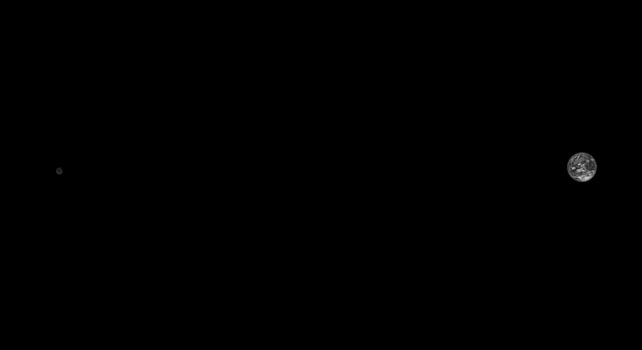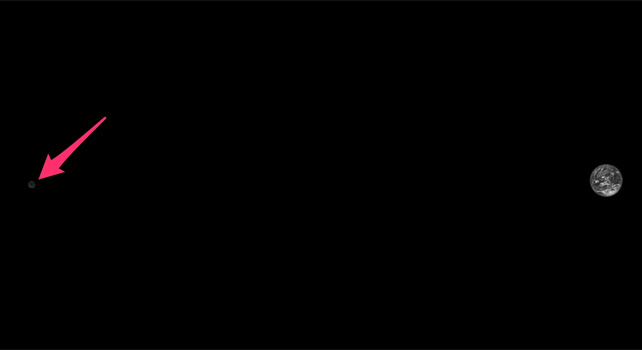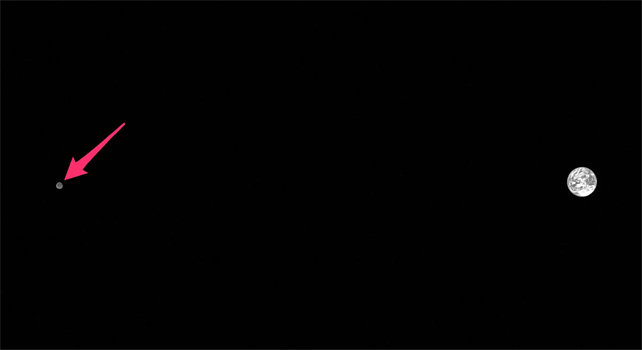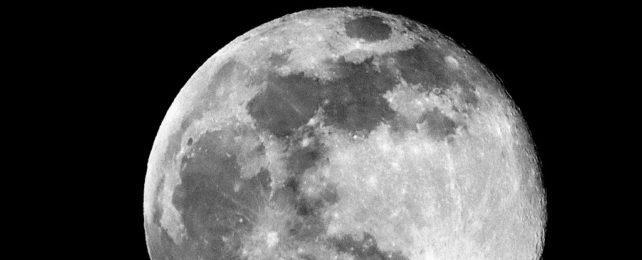Below is a picture of Earth and the Moon. Our planet is obvious, on the far right side of the image, but the Moon is a little harder to spot. Do you see it?
This isn't a prank. The Moon is there. NASA's Lucy probe, a mission to a group of asteroids near Jupiter, snapped this photo as it zoomed past Earth on October 13.
Not many spacecraft get this perspective of our planet and its rocky satellite.
It varies, but on average the Moon is 238,855 miles from Earth. On a cosmic scale, that's not very far, but you could fit 30 Earths into that space. That's why it took three days for Apollo astronauts to reach the Moon.
NASA's new lunar rocket, called the Space Launch System, is set to spend 25 days traveling to the Moon, swinging a wide U-turn around it, and coming back to Earth. In short: It's far away.
So do you see the Moon in the image below? Here's a hint: It's on the left side of the picture.

Marina Koren, a staff writer covering space at The Atlantic, had trouble spotting it too.
"Every time I think I see it, I end up wiping another dust particle from my screen. Where is it??" she wrote on Twitter.
Well, it's right here.

Still don't see it? Let's turn up the brightness.

So that's how far away the Moon really is.
The Lucy probe was swinging past Earth to get an extra boost toward Jupiter, flinging itself toward the outer solar system with the force of our planet's gravity.
To calibrate its instruments, the spacecraft's camera system snapped these images from 380,000 miles away as it zoomed past.
This article was originally published by Business Insider.
More from Business Insider: